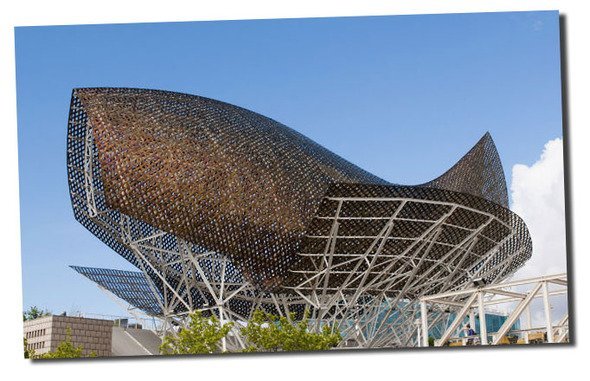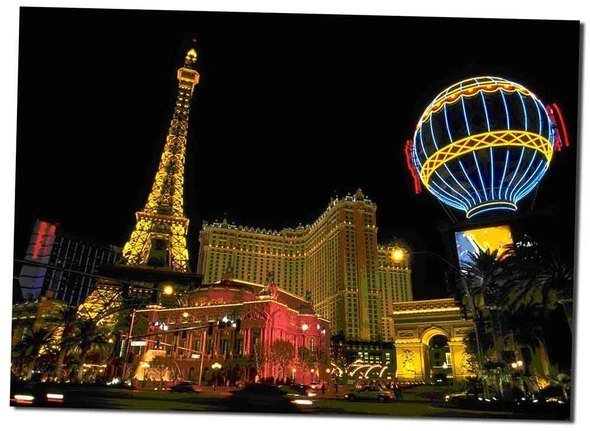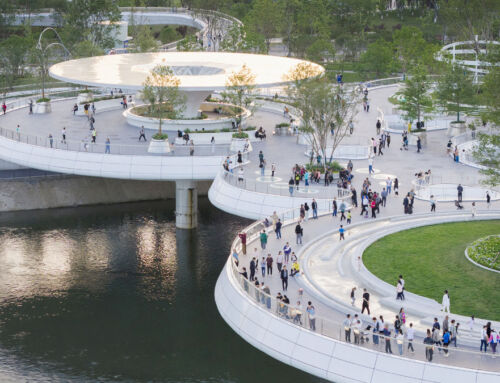| How a project’s profitability largely depends on the care of aesthetics and artistic character by the developers and designers. |
In previous newsletters, we charted a course through the first theming milestones in leisure projects until well into the 20th century. What about the architecture? Was it affected by these radical changes in the population’s leisure and consumer habits? Firstly, a little bit of history. After the Second World War, mass consumer culture transformed the world of music, painting and fashion and also of course, architecture. The population’s life, consumer and leisure habits evolved together with capitalism and the development of new machines. Of course, the different artistic expressions also began to echo these changes, amongst them architecture and urban planning. The study of Venturi and Scott Brown, Learning from Las Vegas, (1972), is relevant because of its influence on the development of a large part of architectonic representation of later decades. In this study, the authors argued that architecture should express and represent the commercial context from which it was emerging. From an architecture that sought functionality, evolved architecture that takes into account advertising and the relationship with products of mass consumption. During recent decades, we have witnessed as such the blossoming of scenographic architecture, in which buildings tend to be conceived as icons, bringing architecture closer to a mass consumer audience and furthermore connecting elite design to everyday culture. Frank Gehry was one of the first star architects to reconcile structure and decoration in his buildings, even applying the first 3D computer design systems.
In these moments of monumental architectural blooming, trends are appearing that champion nicer, more habitable and human spaces, with the integration of green areas and incorporation of new materials that allow short construction times and high energy efficiency.
In Amusement Logic we are aware of these trends, we have studied them and follow them closely and we understand that this knowledge and its application forms one of the foundations of our design process.
We believe that leisure complex design should take well into account the evolution of contemporary architectonic representation at the end of the 20th century and at the start of the 21st. Strict care of the architecture and theming of a leisure project is equally or more crucial for its profitability and success, than the functionality of its facilities or the variety of attractions and services. In this sense, just the know-how and intelligence of the design team is not enough, but the developers need to be aware of the importance of this design aspect for the success, profitability and relevance of their project. For example, in short, if we put two leisure projects to compete against each other, the one whose architecture, visitable spaces and theming are coherent in style and consistent in quality, will be more successful with the public and obtain greater social and cultural relevance, even though it has fewer attractions than its competitors.







